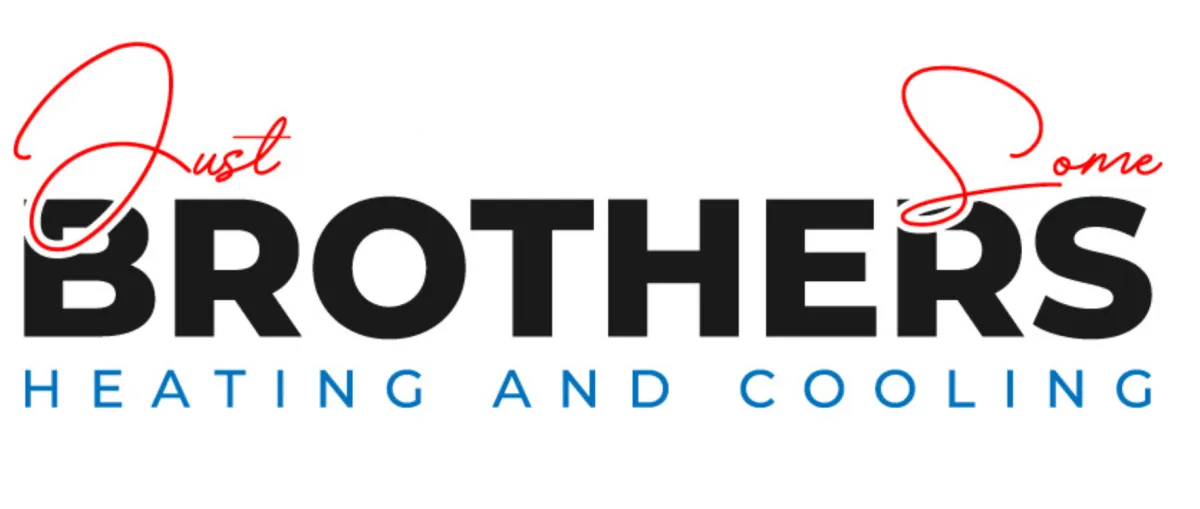
Tankless Water Heater
What is a Tankless Water Heater?
Tankless water heaters, also known as on-demand water heaters, are becoming popular among homeowners due to their energy efficiency and ability to supply endless hot Water. Unlike traditional water heaters that store gallons of hot Water in a tank, a tankless unit heats Water directly when needed. Let's break down the essential functions and components of a tankless water heater in the sequence of operation.
How a Tankless Water Heater Works: The Sequence of Operation
Activation by Water Demand: The sequence starts when you turn on a hot water tap or an appliance that requires hot Water, like a shower or dishwasher. This demand for hot Water signals the activation of the tankless water heater. Unlike tank-based systems that maintain an extensive reservoir of heated Water, tankless water heaters only heat Water when needed.
Water Flow Sensor: Once the system detects water demand, a flow sensor activates. This sensor measures the rate of Water flow through the unit and sends a signal to the control board, which determines the appropriate power or gas input required to heat the Water to the set temperature.
Heat Exchanger Activation: The Water flows through a heat exchanger, which is the critical component responsible for heating the Water. For gas-powered tankless heaters, a gas burner ignites, generating heat that transfers to the heat exchanger. In electric models, heating elements are used instead. The heat exchanger efficiently heats the cold Water passing through it, bringing it to the desired temperature in seconds.
Temperature Control: A temperature sensor monitors the Water's temperature as it exits the heat exchanger. This ensures that the Water reaching your faucet is at the preset temperature. The control board adjusts the gas flow (in gas units) or electricity input (in electric units) to maintain the proper water temperature, preventing overheating or underheating.
Hot Water Delivery: Once heated, the Water travels through your plumbing system to the requested faucet or appliance. The process is continuous, meaning as long as the water flow sensor detects water movement, the tankless water heater will keep supplying hot Water.
System Shutdown: When the hot water tap is turned off or the demand for hot water stops, the flow sensor signals the control board to shut down the heating process. The gas burner or electric element turns off, and the Water stops flowing through the unit. This immediate shutoff ensures that no energy is wasted.
Critical Components of a Tankless Water Heater
Flow Sensor Detects the flow of Water and signals the system to start heating.
Heat Exchanger Transfers heat to the Water, making it the system's heart. Gas units use burners, while electric units use heating elements.
Control Board Manages the temperature, gas flow, and overall operation of the heater, ensuring efficient and safe heating.
Temperature Sensor Monitors and regulates the outgoing water temperature to meet the set point.
Gas Burner (for Gas Units): Burning natural gas or propane provides heat.
Electric Heating Elements (for Electric Units) Provides heat through electric coils in electric tankless water heaters.
Venting System (for Gas Units) Safely expels exhaust gases produced by combustion.
Benefits of a Tankless Water Heater
Energy Efficiency:
Because Water is only heated when needed, tankless water heaters are more energy-efficient than traditional tank-based systems, reducing utility costs.
Endless Hot Water:
A tankless unit can supply a continuous stream of hot Water, perfect for larger households or those with high hot water demands.
Compact Design:
These units take up less space without a bulky tank, making them ideal for homes with limited storage areas.

Since 2016, Just some brothers heating and cooling has been committed to meeting the unique needs of our customers through expertly crafted HVAC services. We extend our gratitude for supporting our family in delivering top-notch heating, ventilation, and air conditioning solutions.
Quick Link
Get In Touch
(855) 697-8003
info@jsbheatingandcooling.com
Syracuse, ny
© 2025 Just some brothers heating and cooling
